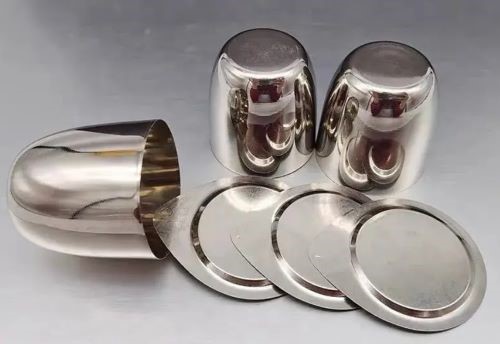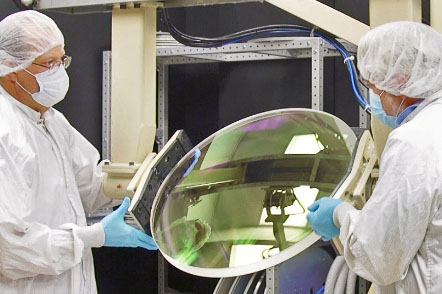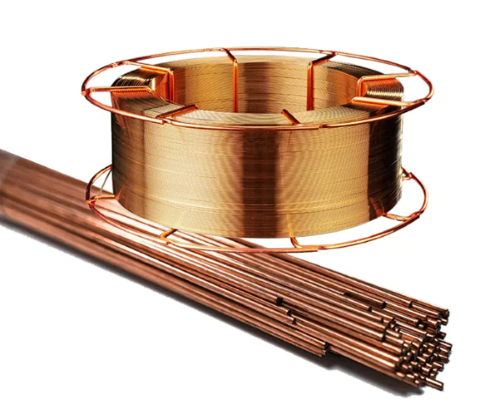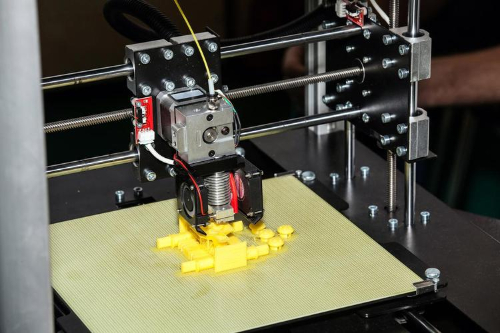The Versatility of Platinum Crucibles: Advantages and Applications
Introduction
Platinum crucibles have unique properties, which make them ideal materials for handling high-temperature and corrosive substances and indispensable in various scientific and industrial processes. In this article, we will explore the versatility of platinum crucibles, their applications across different industries, and the benefits they provide.

Figure 1. Platinum Crucibles
Understanding of Platinum Crucibles
Platinum crucibles are made from the noble metal platinum due to their remarkable characteristics, including high melting point, excellent thermal conductivity, and exceptional resistance to corrosion and chemical reactions. These characteristics make platinum crucibles an indispensable tool in various industries.
Advantages of Platinum Crucibles
The key features of platinum crucibles include:
High Melting Point: Platinum has a high melting point of 1,768 degrees Celsius, allowing it to withstand extreme heat without melting or deforming. This property ensures the crucibles' durability and reliability during various high-temperature applications.
Chemical Inertness: Platinum is highly resistant to corrosion and does not react with most chemicals, acids, or bases, which makes platinum crucibles ideal for handling aggressive or reactive substances without contamination or interference. The corrosion resistance of platinum ensures that the crucibles remain unaffected by chemical reactions, allowing for accurate and reliable experimental results.
Thermal Conductivity: Platinum exhibits excellent thermal conductivity, allowing for uniform heating and temperature distribution within the crucible during heating or cooling processes. This ensures consistent and controlled reactions or phase changes.
Non-Toxic and Biocompatible: Platinum is a biocompatible and non-toxic metal, so platinum crucibles are safe for use in medical and pharmaceutical applications, such as preparing samples for analysis or inorganic materials synthesis.
High Purity: Platinum crucibles are usually made from high-purity platinum to minimize impurities and ensure accurate and reliable results in analytical and research applications. High-purity platinum crucibles are available at Stanford Advanced Materials (SAM).
Applications of Platinum Crucibles
These properties make platinum crucibles ideal tools used in a wide range of industries.
1. High-Temperature Applications
Platinum crucibles have impressive thermal performance for applications that involve high-temperature processes such as melting, annealing, and calcination. Industries such as metallurgy, glass manufacturing, and ceramics heavily rely on platinum crucibles to handle and process materials at elevated temperatures as well.
2. Analytical Chemistry
Platinum crucibles also find extensive uses in analytical chemistry, particularly in techniques such as gravimetric analysis and fusion methods. The gravimetric analysis employs platinum crucibles because these crucibles provide an ideal vessel for precipitation reactions due to their high thermal conductivity, inertness, and accurate mass measurement capabilities. While, fusion methods, which involve the dissolution of samples in fluxes, rely on platinum crucibles to ensure reliable and reproducible results.
3. Precious Metal Handling
Due to its high melting point and corrosion resistance, platinum crucibles are commonly used in precious metal refining, jewelry manufacturing, and catalyst production to safely handle materials such as gold, silver, platinum, and palladium. The non-reactive nature of platinum ensures that no contamination or loss occurs during the handling and processing of these valuable materials.
4. Semiconductor Industry
The semiconductor industry demands high-purity materials and stringent processing conditions. Platinum crucibles, with their exceptional purity and resistance to contamination, are used in the manufacturing of semiconductors and electronic components. Therefore, crucibles made from platinum provide a controlled and clean environment for processes such as crystal growth, thin film deposition, and high-temperature annealing.
5. Research and Development:
In research and development settings, platinum crucibles are invaluable tools used in the development and testing of advanced materials. Their reliability and chemical inertness allow for precise measurements and accurate analysis, supporting advancements in material science and technology.
Optimal Usage Considerations
While platinum crucibles offer exceptional performance, a few considerations should be kept in mind for their optimal use. First, careful handling of platinum crucibles is essential to prevent damage and contamination. Second, proper cleaning before each use ensures sample purity and prevents cross-contamination. Additionally, storing platinum crucibles in a clean, dry environment is vital to maintaining their integrity and preventing oxidation.
Related reading: How to Maintain Platinum Crucible
Conclusion
In short, platinum crucibles are versatile tools that find applications across a wide range of industries. Their exceptional resistance to high temperatures and corrosion, coupled with their inertness and reliability, make them indispensable in laboratory settings, precious metal handling, analytical chemistry, and the semiconductor industry. The benefits of using platinum crucibles contribute to their widespread use and make them an essential component in scientific and industrial processes. For more information, please visit our homepage.



